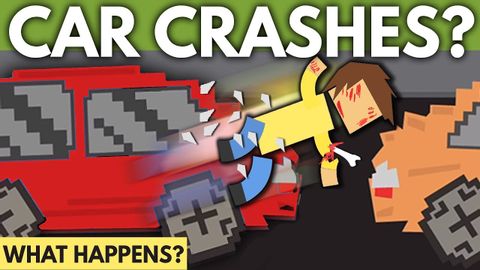車禍時你的身體會發生什麼? (What Happens To Your Body During a Car Crash?)
angela770911 發佈於 2021 年 01 月 14 日  沒有此條件下的單字
沒有此條件下的單字US /ˈɪmˌpækt/
・
UK /'ɪmpækt/
- n.衝擊;碰撞
- v.t./i.撞擊(某人或物);影響;阻生
US /ˈtɪpɪklɪ/
・
UK /ˈtɪpɪkli/
US /fɔrs, fors/
・
UK /fɔ:s/
- n.軍隊;力;強迫;武力;影響力;力量;警力
- v.t.被迫;強行打開;催生

